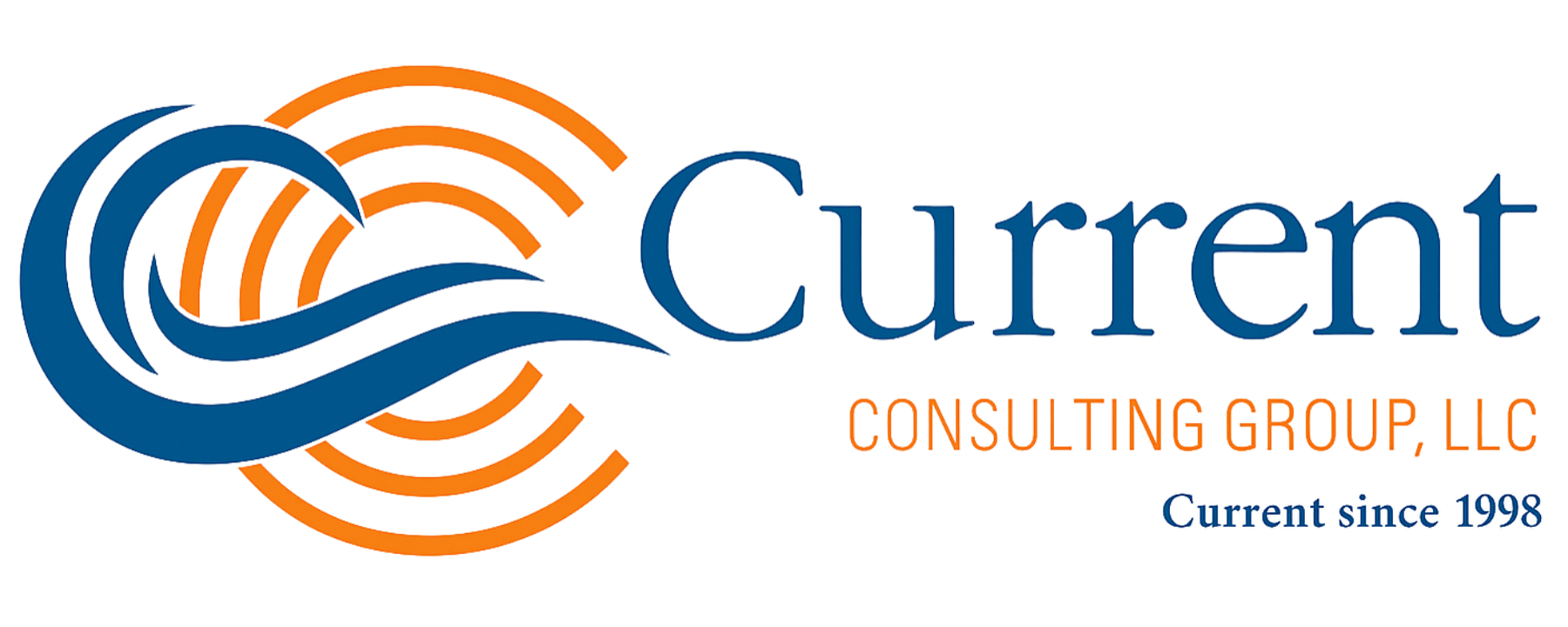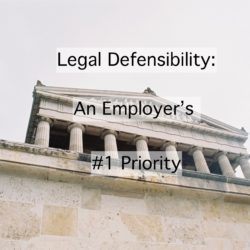This information is provided for educational purposes only. Reader retains full responsibility for the use of the information contained herein.
Drug testing is a complicated process, scientifically and legally. From the collection of a sample to the reporting of a result, there are many steps that must done perfectly every time or providers and end users expose themselves to legal liability. Because we live in a highly litigious society, legal defensibility should be the number one priority of both sellers and buyers of drug testing.
What is Legal Defensibility?
Legal defensibility can be defined as a company’s strategy for reducing exposure to legal risk. It does not necessarily mean avoiding legal challenges to a drug test program or test result, but it does mean being in the strongest position possible to legally defend your program and each individual test result. For this reason, and others, employers are well advised to do their homework before deciding which drug testing method to use.
Federal Impact on Legal Defensibility
There are only three drug testing methods endorsed by the federal government: lab-based urine, oral fluid and soon, hair testing. For 30-plus years, urine testing was the only method permitted for federal government-mandated drug testing such as the drug and alcohol testing regulations of the U.S. Department of Transportation (DOT). On October 25, 2019, the Substance Abuse and Mental Health Services Administration (SAMHSA) issued final guidelines for lab-based oral fluid drug testing.[1] In 2020, SAMSHA issued a Notice of Proposed Rulemaking for hair testing.[2]
That’s it! Those are the only testing methods that offer the highest level of legal defensibility. Other testing methods besides urine, oral fluid, and hair may have merit, but they do not offer testing procedures endorsed by the federal government.
State Laws and Legal Defensibility
Compliance with state laws that affect workplace drug testing is also a critical element of strengthening the legal defensibility of a drug testing program. These include drug testing-specific laws, workers’ and unemployment compensation regulations, as well as legal marijuana laws. Some of these laws have very narrow guidelines for what testing methods are permitted and what can be done with positive test results. It is not uncommon for such laws to defer to the SAMHSA guidelines and require employers to utilize those procedures, including which specimen may be used and what kind of laboratory can be employed.
Because virtually all state drug testing laws were originally written before the introduction of newer testing methods, urine, oral fluid and hair testing offer the greatest degree of legal defensibility.
What if a Drug Test Result is Challenged?
If your drug testing program is ever challenged or if an employee or applicant tries to contest the result of a drug test, the use of the federal drug testing guidelines will provide legal cover. As an employer you want to be able to say that you observe federally approved drug testing procedures, that you consistently follow those procedures with every single drug test, and that you never deviate from those guidelines. The federal guidelines not only provide employers with legal defensibility, but they also offer those being tested the assurance that their urine, oral fluid or hair sample traveled a secure path from collection to result.
Following are key components of the federal guidelines that, when faithfully observed, strengthen the legal defensibility of a company’s drug testing program:
- Collection procedures utilizing strict chain-of-custody protocols
- Custody and Control Forms (CCFs) that help document the journey of a specimen
- Split specimen protocols to protect against claims of laboratory errors
- Certified laboratories to ensure the highest testing standards
- Federally approved cut-off levels that establish consistency from test to test
- Lab confirmation utilizing GC/MS or an equivalent technology
- Medical Review Officer (MRO) verification of confirmed results
- Supervisor training to ensure management understand how to correctly refer someone for a drug test, protect the confidentiality of test results, and ensure the dignity of the entire testing process
Regardless of the testing method being used (urine, oral fluid or hair), ensure that your program includes the above list of procedures to strengthen the legal defensibility of your program.
Marijuana and Legal Defensibility
The legalization of marijuana has put the employer community in virtually every industry on alert. Why? Because some marijuana laws place conditions on workplace drug testing. These conditions include an emphasis on recent-use detection and restrictions on what employers can do with a positive test for marijuana. This trend has caused some employers to question whether it is still legal to test for marijuana or even worth the trouble if positive test results may not be considered in some cases to deny employment to substance abusers.
The good news is that testing for marijuana is legal in all 50 states. However, the marijuana situation is all the more reason for employers to rely on proven drug testing methods with years of track record and endorsement from the federal government. The fact that SAMHSA has now issued guidelines for lab-based oral fluid testing, which is the only federally approved recent-use drug testing method, and is in the process of doing the same for hair testing, which is ideal for long-term drug use detection, should assure employers that drug testing is still a reliable way, when done right, to address workplace substance abuse and its devastating impact on safety and productivity.
In the future, the federal government may approve other drug testing methods. But for the time being, especially under the present circumstances brought about by the legalization of marijuana and the legalization movement’s attack on drug testing, employers should make legal defensibility their number one priority when choosing a drug testing method.
© 2010-2021 The Current Consulting Group, LLC – No portion of this article may be reproduced, retransmitted, posted on a website, or used in any manner without the written consent of the Current Consulting Group, LLC. When permission is granted to reproduce this article in any way, full attribution to the author and copyright holder are required.
[1] Mandatory Guidelines for Federal Workplace Drug Testing Programs— Oral/Fluid. 84 Fed. Reg. 57554. (October 25, 2019) (to be codified at 42 CFR Chapter I).
[2] Mandatory Guidelines for Federal Workplace Drug Testing Programs. 85 Fed. Reg. 56108. (proposed September 20, 2020) (to be codified 42 CFR Chapter I).



